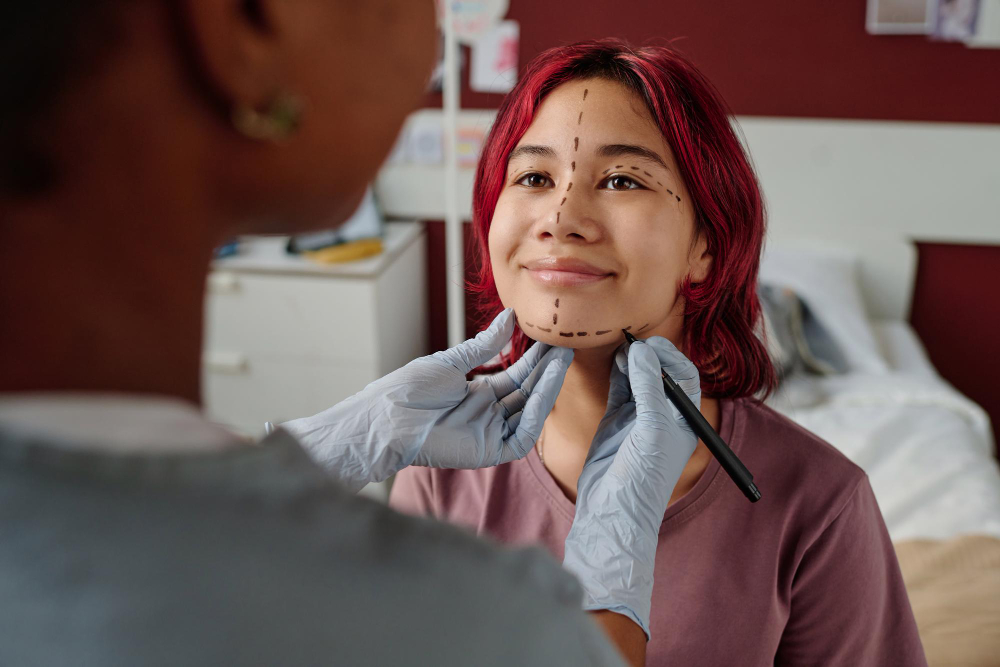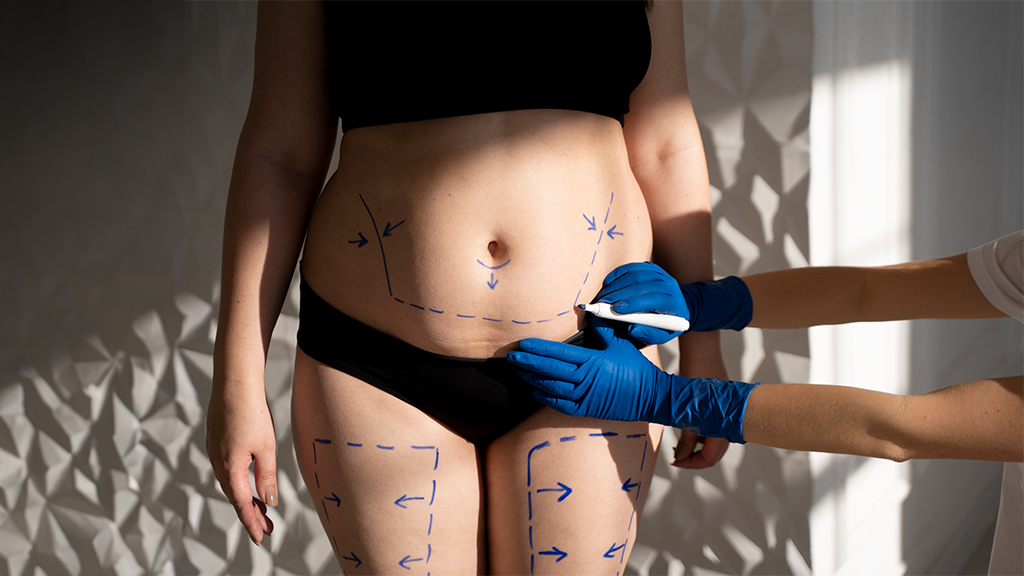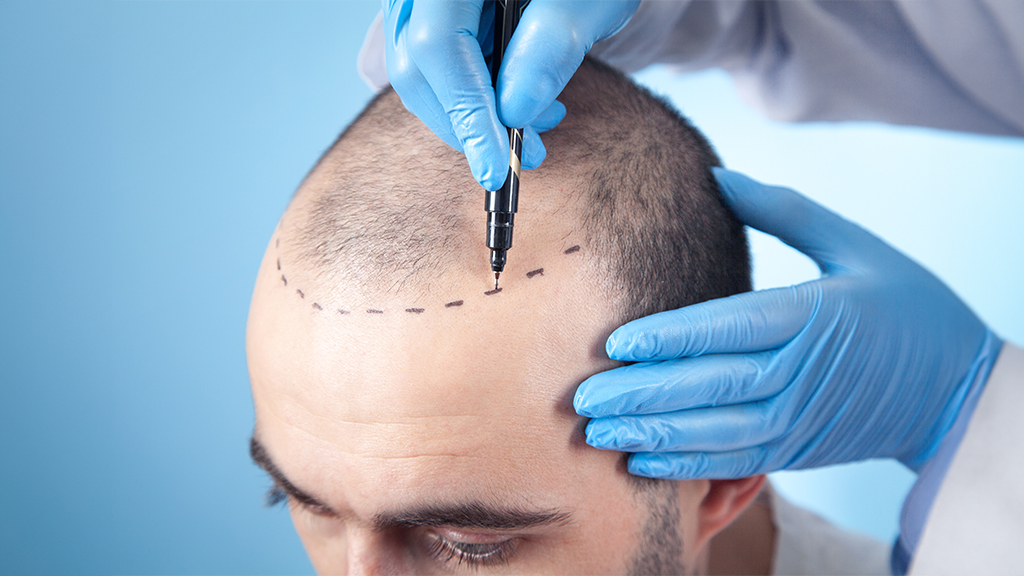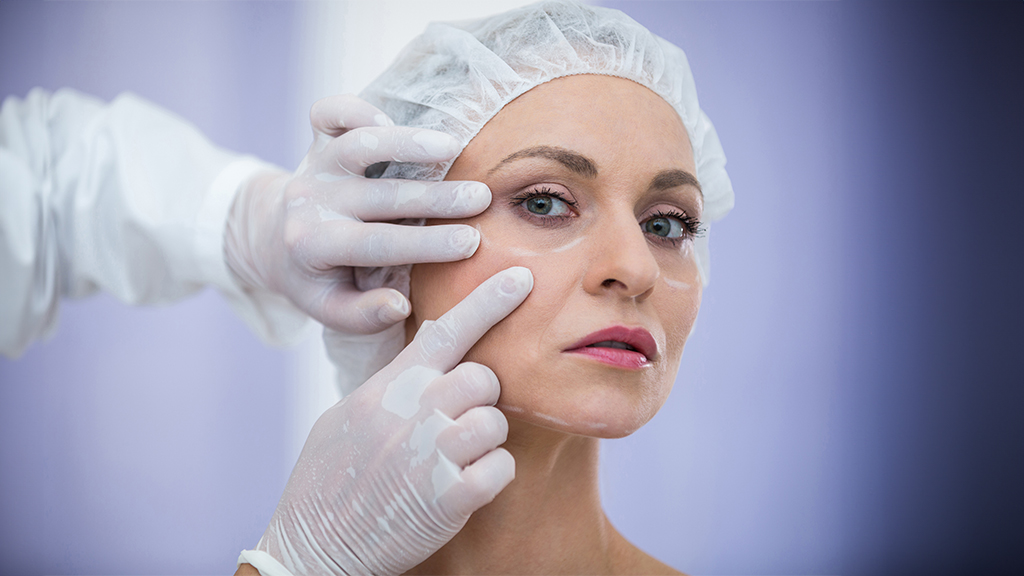
Plastic Surgery

Services Offered

Reconstructive surgery for burns and injuries
Reconstructive surgery for burns and injuries aims to restore the function and appearance of damaged skin, tissues, and organs due to trauma, burns, or other injuries. This type of surgery focuses on repairing and rebuilding the affected area to improve both form and function. For burn victims, reconstructive surgery can help reduce scarring, improve mobility, and restore the appearance of the skin. The procedure may involve skin grafts, tissue expansion, or flap surgery, depending on the severity and location of the injury.
In cases of traumatic injuries, reconstructive surgery can help restore the damaged tissues, repair fractures, and close wounds. This may involve complex techniques such as microsurgery to reattach severed limbs or tissues and plastic surgery to correct deformities caused by accidents. The goal of reconstructive surgery is not only to repair physical damage but also to enhance the patient’s quality of life, restore normal functions, and provide emotional and psychological support through improved physical appearance. The treatment plan is individualized, and rehabilitation post-surgery is essential for recovery.
Cosmetic procedures (facelift, rhinoplasty)

Cosmetic procedures such as facelifts and rhinoplasty are designed to enhance an individual’s appearance and address aesthetic concerns. A facelift, also known as rhytidectomy, is a surgical procedure that tightens the skin and muscles of the face to reduce the signs of aging, such as sagging skin, wrinkles, and loss of facial volume. It results in a more youthful and rejuvenated appearance by lifting and smoothing the skin, with minimal scarring.
Rhinoplasty, commonly referred to as a nose job, is a procedure aimed at improving the shape, size, and symmetry of the nose. It can address cosmetic concerns such as a bulbous tip, a crooked nose, or a hump on the bridge. Rhinoplasty can also improve functional issues, such as breathing difficulties caused by structural problems. Both procedures are personalized to each patient’s needs and are typically performed under anesthesia.
These cosmetic procedures not only enhance physical appearance but also boost confidence and self-esteem. Recovery time varies depending on the procedure, but most patients can return to their normal activities after a few weeks.
Liposuction and body sculpting
Liposuction and body sculpting are popular cosmetic procedures aimed at contouring and reshaping the body to achieve a more toned and defined appearance. Liposuction is a surgical technique that removes excess fat deposits from specific areas of the body, such as the abdomen, thighs, arms, or neck. The procedure uses a thin tube (cannula) to suction out fat cells, helping to improve body proportions and create a smoother silhouette. Liposuction is ideal for individuals who are at a stable weight but struggle with stubborn fat that does not respond to diet and exercise.

Body sculpting, on the other hand, refers to non-invasive or minimally invasive treatments designed to target and reduce localized fat deposits without surgery. Popular techniques include CoolSculpting (cryolipolysis), radiofrequency treatments, and ultrasound-based procedures. These treatments work by freezing, heating, or using sound waves to break down fat cells, which are then naturally eliminated by the body over time.
Both liposuction and body sculpting provide long-lasting results when combined with a healthy lifestyle. However, they are not weight-loss solutions but rather designed for body contouring. Consultation with a qualified specialist is essential to determine the best approach based on individual goals and body type.
Breast surgeries (augmentation, reduction)

Breast surgeries, including augmentation and reduction, are common procedures aimed at enhancing or reshaping the breasts to meet individual aesthetic or medical goals.
Breast Augmentation is a cosmetic surgery that involves the use of implants or fat transfer to increase the size and volume of the breasts. This procedure is often chosen by individuals looking to enhance their breast appearance or restore breast volume lost due to factors like pregnancy or aging. The surgery is performed under general anesthesia, and implants are placed either under the breast tissue or muscle to achieve a natural look and feel.
Breast Reduction surgery, also known as reduction mammoplasty, is designed to remove excess breast tissue and skin to reduce the size of large breasts. This procedure can help alleviate physical discomfort such as back, neck, and shoulder pain, as well as skin irritation caused by overly large breasts. It also improves the shape and symmetry of the breasts, enhancing both comfort and appearance.
Both procedures require careful consideration, and a consultation with a qualified surgeon is essential to determine the most suitable option based on individual needs and body characteristics. These surgeries not only improve physical appearance but can also lead to significant improvements in quality of life and self-esteem.
Hair transplant
Hair transplant is a surgical procedure that involves relocating hair follicles from one part of the body, usually the back or sides of the scalp, to areas experiencing thinning or baldness. This procedure is commonly sought by individuals suffering from male or female pattern baldness, alopecia, or other forms of hair loss.

The most common techniques used in hair transplantation are FUE (Follicular Unit Extraction) and FUT (Follicular Unit Transplantation). In FUE, individual hair follicles are extracted from the donor area and transplanted to the thinning or balding areas, leaving minimal scarring. FUT, on the other hand, involves removing a strip of scalp from the donor area, from which individual hair follicles are then harvested and transplanted.
Hair transplant surgery is typically performed under local anesthesia, and recovery time is minimal. The transplanted hair will naturally grow in a few months, providing permanent and natural-looking results.
This procedure offers a long-term solution for hair loss, helping individuals regain their confidence and improve their appearance. However, it is crucial to consult with a qualified specialist to determine if you are a suitable candidate for the surgery.
Facial corrections

Facial correction procedures are designed to enhance, restore, or improve the appearance of the face, often focusing on specific features such as the nose, chin, cheeks, or jawline. These procedures can be both cosmetic and reconstructive, helping individuals address congenital conditions, trauma-related deformities, or age-related changes.
Cosmetic facial corrections, such as rhinoplasty (nose job), facelift surgery, chin implants, and eyelid surgery (blepharoplasty), aim to enhance facial aesthetics and provide a more balanced, youthful appearance. These procedures are commonly sought by individuals who desire to improve facial proportions or reduce the visible signs of aging.
Reconstructive facial surgeries may be required after accidents, injuries, or medical conditions such as cancer, aiming to restore both function and appearance. Techniques such as reconstructive jaw surgery, scar revision, and tissue grafts help individuals regain facial symmetry and restore natural looks.
Facial correction procedures are typically performed under local or general anesthesia, depending on the complexity of the surgery. Recovery time varies but is generally manageable, with visible improvements seen in weeks to months. It is essential to consult with an experienced surgeon to assess your needs and ensure the best approach for your goals.
